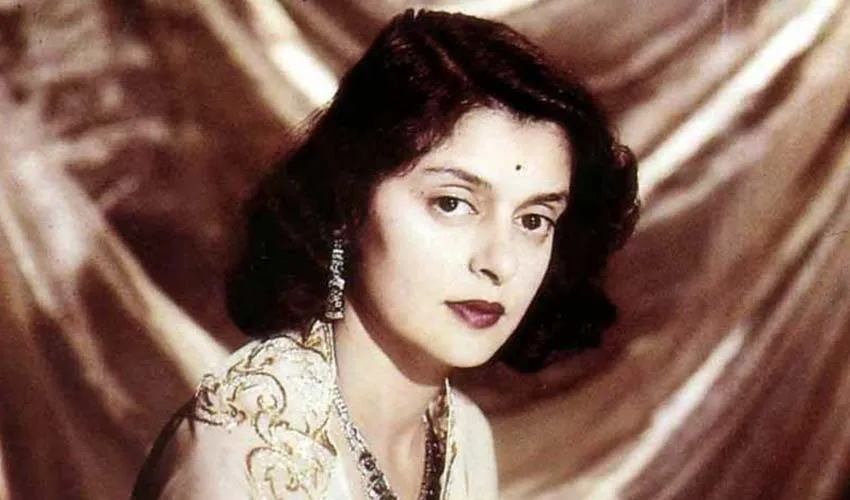India’s royal history is filled with charismatic figures, but few have captured the world’s imagination like Queen Gayatri Devi. Known as the Queen of Jaipur, she combined elegance, intelligence, and courage, leaving a legacy that continues to inspire generations. From her early life in Cooch Behar to her role as a Maharani and politician, her story is one of glamour, intellect, and resilience.
Early Life of Queen Gayatri Devi
Queen Gayatri Devi was born on May 23, 1919, in London, as Princess Gayatri Devi of Cooch Behar. She belonged to a royal lineage that valued education, sophistication, and public service. Her mother, Indira Devi, was the daughter of the Maratha ruler of Baroda, which influenced Gayatri Devi’s upbringing with a blend of Indian traditions and European liberalism.
Quick Facts Table:
| Fact | Detail |
|---|---|
| Birth | May 23, 1919, London |
| Father | Maharaja Jitendra Narayan |
| Mother | Indira Devi |
| Royal Title | Maharani of Jaipur |
| Marriage | Sawai Man Singh II of Jaipur |
| Death | July 29, 2009 |
Her early education at Glendower Preparatory School (London), Shantiniketan, and the London School of Secretaries equipped her with modern outlooks that later defined her public persona.
Marriage and Life as Jaipur’s Maharani
In 1940, Gayatri Devi married Sawai Man Singh II, the last ruling Maharaja of Jaipur, becoming the Queen of Jaipur Gayatri Devi. Her marriage marked a turning point as she embraced royal duties while maintaining her personal freedom, often defying the traditional restrictions of purdah.
Highlights of her royal life:
- Modern and stylish, influencing Jaipur’s fashion and culture.
- Passionate about cars, polo, and horses.
- Advocated education and cultural preservation.
Her charisma earned her international recognition, and she became an icon among Indian Queen Gayatri Devi enthusiasts worldwide.
Gayatri Devi and Queen Elizabeth: Royal Bonds Beyond Borders
One of the most notable aspects of her life was her association with Queen Elizabeth II. This connection highlighted her diplomacy and charm. Historians note that Maharani Gayatri Devi and Queen Elizabeth shared mutual respect, bridging Indian and British royal traditions.
- Keywords naturally integrated: Maharani Gayatri Devi Queen Elizabeth, Gayatri Devi Queen.
Political Career of Queen Gayatri Devi
Breaking conventions, Queen Gayatri Devi entered politics in 1962 as a member of the Swatantra Party. She won a landslide victory to the Lok Sabha, representing Jaipur, and became an advocate for women’s rights and social reforms.
Key Achievements in Politics:
- Championed girls’ education and women empowerment.
- Fought against restrictive laws imposed during the Emergency.
- Known for honesty and integrity in public life.
Her political journey was a testimony to her courage, showing the world that she was not just a royal figure but a leader committed to social change.
Philanthropy: Education and Empowerment
Education was a cornerstone of her legacy. She founded the Maharani Gayatri Devi Girls’ School (MGD) in Jaipur in 1943. The school started with 40 students and has grown into one of India’s most respected institutions for girls’ education.
Other Contributions:
- Chand Shilp Shala: Training center for displaced women after Partition.
- Lalitya Bal Niketan: Co-educational school for underprivileged children near Jagga Ki Baori.
Her focus on education and empowerment has left a lasting impact on Jaipur and Rajasthan.
Style Icon & Persona
Queen Gayatri Devi was admired globally for her style, elegance, and grace. Often seen in pastel chiffon sarees and minimalistic jewellery, her fashion choices influenced generations of Indian women.
Persona Highlights:
- Known for her warmth and approachable nature.
- Magnetic personality that captivated both Indian and international audiences.
- Dubbed the “Tiger Queen” in admiration of her strength and charisma.
Jaipur and Gayatri Devi: Landmarks & Legacy
Several places in Jaipur are intrinsically linked to her life:
| Landmark | Significance |
|---|---|
| Rambagh Palace | Royal residence and her home later in life |
| City Palace | Heart of Jaipur royalty and ceremonial hub |
| MGD Girls’ School | Her initiative for modern girls’ education |
| Chand Shilp Shala | Empowerment for displaced women post-Partition |
These sites continue to attract tourists, historians, and admirers of Jaipur Queen Gayatri Devi.
Queen Gayatri Devi’s Later Life & Legacy
She spent her later years at Rambagh Palace, dedicating her time to family and charitable activities. Even in her twilight years, her influence in Jaipur and beyond was profound. She passed away on July 29, 2009, leaving behind a legacy of elegance, empowerment, and social service.
Also Read : Durgapura Railway Station Jaipur
Conclusion: Why Queen Gayatri Devi Remains Unforgettable
Queen Gayatri Devi was more than a Maharani – she was a trailblazer, style icon, politician, and philanthropist. Her life, spanning royal opulence to social activism, continues to inspire admiration. Jaipur will always remember its last queen, whose influence transcended generations.
Her story remains a testament to the strength, grace, and timeless charm of Indian queens, making her a figure worth celebrating for history lovers, tourists, and citizens alike.


